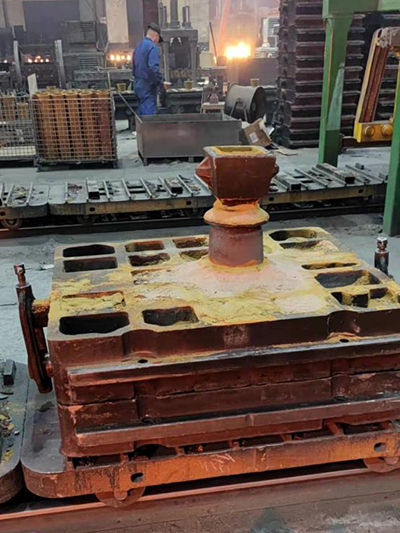Understanding Foundry Sand Specifications
When it comes to metal casting, the type of sand used in the foundry process plays a crucial role in determining the quality and properties of the final product. Foundry sand specifications provide essential guidelines and standards that ensure the sand used meets the necessary requirements for optimal casting performance. This article delves into the key aspects of foundry sand specifications, shedding light on their significance and application in the industry.
What is Foundry Sand?
Foundry sand is a high-quality silica sand that is utilized in the mold-making process of metal casting. This sand is typically made from silica, with silica content ranging from 85% to 95%. Foundry sand must possess certain physical and chemical properties to cope with the extreme conditions of metal casting processes, including high temperatures and mechanical stresses.
Key Specifications of Foundry Sand
Foundry sand specifications focus on a variety of characteristics
1. Grain Size Distribution The particle size distribution of foundry sand is crucial for providing the necessary permeability and strength in molds. The ideal grain size typically ranges from 0.1 mm to 0.5 mm, although specifications may vary based on the specific requirements of the casting project. A well-graded sand is essential as it enhances mold strength and reduces the risk of defects by ensuring uniform compaction.
2. Shape The shape of sand grains affects the flowability and packing efficiency of the sand mixture. Sands can be classified into angular, sub-angular, and rounded grains. Generally, rounded grains flow better and provide better mold filling, while angular grains offer superior interlocking, which can enhance binder effectiveness.
foundry sand specifications

3. Moisture Content The moisture content of the sand influences its bonding capabilities as well as its resistance to thermal stress during casting. Typically, foundry sand should have a moisture content ranging from 1% to 5%. Proper moisture control ensures optimal binding when mixed with additives like clay or resin, leading to improved mold integrity.
4. Chemical Composition Foundry sands must be free from impurities that can adversely affect the casting process and final product quality. Common contaminants include organic matter, clay, and iron. Silica sand specifications often require a low percentage of these impurities, with strict limits set on materials that could lead to casting defects, oxidation, or surface discoloration.
5. Strength Characteristics The strength of the sand molds is critical in maintaining the shape and structural integrity during the pouring of molten metal. Specifications often call for tests such as the compressive strength and shear strength of the sand, which should meet certain thresholds to satisfy operational requirements.
6. Thermal Stability Foundry sand must withstand high temperatures without deforming or losing its structural integrity. Thermal stability is particularly significant during the pouring of molten metal, as it directly influences cast quality and the likelihood of defects such as burn-on or scabbing.
Importance of Adhering to Specifications
Adhering to foundry sand specifications is vital for several reasons. Firstly, it ensures consistency and quality in the casting process, leading to reduced production rework and scrap rates. Secondly, it helps in minimizing defects that can arise during casting, such as blowholes, misruns, or surface imperfections. Additionally, compliance with specifications can improve production efficiency and reduce overall operational costs.
Conclusion
In summary, foundry sand specifications are fundamental to successful metal casting operations. By understanding and applying these specifications, foundries can enhance the quality of their castings, minimize defects, and optimize production processes. As the industry continues to evolve, staying informed about the latest advances in foundry sand technology and specification standards will remain essential for manufacturers aiming for excellence in metal casting. With the right sand composition and adherence to established specifications, foundries can ensure they produce high-quality metal products that meet the demands of an increasingly competitive market.
Post time:Dic . 30, 2024 10:57
Next:Golden Shores of Tranquility and Adventure Await You in Paradise
